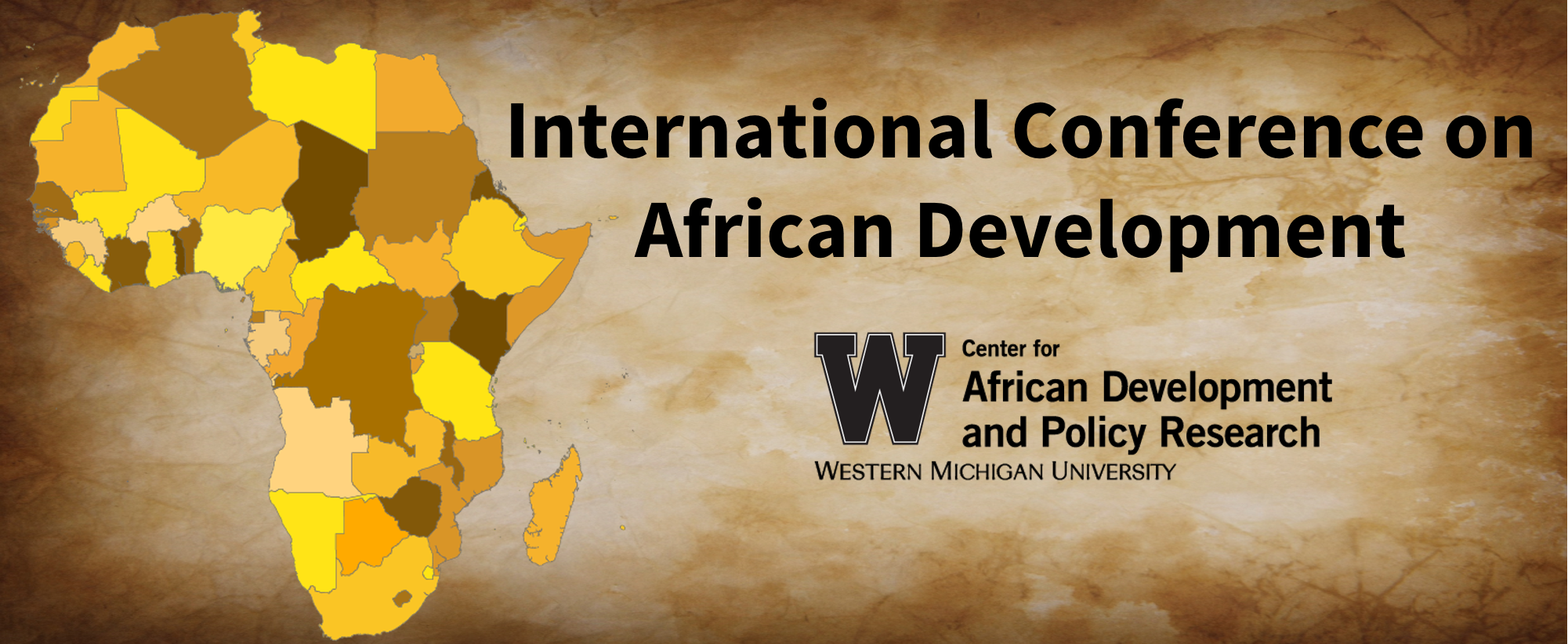4.2 An Inquiry about the Patterns and Structures of Grand Corruption: The Case of Ethiopia
Presenter's country
United States
Start Date
17-8-2018 2:00 PM
End Date
17-8-2018 3:00 PM
Location
Bernhard Center 105-107
Submission type
Abstract
Abstract
This paper begins by tracing Tigray People's Liberation Front’s (TPLF) rapacious lootings and hoarding of public resources which began when the group was a liberation Front. Using numerous published studies, reports, surveys and confessions of former TPLF leader turned dissidents, the paper documents the group’s relentless history of plundering of public treasures which began with the abuse of humanitarian aid. The TPLF financed its guerrilla war largely through the siphoning off foreign humanitarian aid, confiscating privately owned businesses, ransacking government financial structures, and taxing peasants. On its way to the capital Addis Ababa, the Front ransacked and dismantled publicly owned physical structures, such as power generators, tractors, etc. and hauled them to its bases in the state of Tigray. As soon as it seized power, TPLF used the looted resources to establish “endowed” conglomerates subsumed under the Endowment Fund for the Rehabilitation of Tigray (EFFORT). Since then, EFFORT, with the help of its owners (i.e., TPLF leaders who control the commanding heights of the Ethiopian economy), has been preying on the Ethiopian people (Gellaw, 2010; McCracken, 2004) just as the Front preyed on humanitarian aid “donors.” It then established an elaborate but highly corrupt patron-client system with the TPLF leaders as kingmakers (bandits-in-chiefs). Their clients were and still are former prisoners of war who have been serving as regional kingmakers. This ethno-regional patronage system is also highly predatory because of the military’s heavy involvement in the country’s politico-economic system. From the outset, the TPLF has built and nurtured a violent and clientelistic system, thereby making corruption as its operating system (Hassan: Forthcoming). Consequently, the TPLF as a dominant group cannot survive without corruption. Paradoxically, the seeds of rapacious corruption that the licentious TPLF leaders purposely sowed seem to have come to fruition: growing resentment. Kleptocracy that the TPLF/EPRDF established to help stay in power has become a bane for itself, leading the predatory system to the brink of collapse. Unfortunately, the kleptocratic system that the TPLF created may stay longer than its creator. How would those concerned with such an entrenched system go about rectifying the problem?
Keywords
corruption, state capture, administrative corruption, Grand Corruption, illicit financial flows, organized crime
4.2 An Inquiry about the Patterns and Structures of Grand Corruption: The Case of Ethiopia
Bernhard Center 105-107
This paper begins by tracing Tigray People's Liberation Front’s (TPLF) rapacious lootings and hoarding of public resources which began when the group was a liberation Front. Using numerous published studies, reports, surveys and confessions of former TPLF leader turned dissidents, the paper documents the group’s relentless history of plundering of public treasures which began with the abuse of humanitarian aid. The TPLF financed its guerrilla war largely through the siphoning off foreign humanitarian aid, confiscating privately owned businesses, ransacking government financial structures, and taxing peasants. On its way to the capital Addis Ababa, the Front ransacked and dismantled publicly owned physical structures, such as power generators, tractors, etc. and hauled them to its bases in the state of Tigray. As soon as it seized power, TPLF used the looted resources to establish “endowed” conglomerates subsumed under the Endowment Fund for the Rehabilitation of Tigray (EFFORT). Since then, EFFORT, with the help of its owners (i.e., TPLF leaders who control the commanding heights of the Ethiopian economy), has been preying on the Ethiopian people (Gellaw, 2010; McCracken, 2004) just as the Front preyed on humanitarian aid “donors.” It then established an elaborate but highly corrupt patron-client system with the TPLF leaders as kingmakers (bandits-in-chiefs). Their clients were and still are former prisoners of war who have been serving as regional kingmakers. This ethno-regional patronage system is also highly predatory because of the military’s heavy involvement in the country’s politico-economic system. From the outset, the TPLF has built and nurtured a violent and clientelistic system, thereby making corruption as its operating system (Hassan: Forthcoming). Consequently, the TPLF as a dominant group cannot survive without corruption. Paradoxically, the seeds of rapacious corruption that the licentious TPLF leaders purposely sowed seem to have come to fruition: growing resentment. Kleptocracy that the TPLF/EPRDF established to help stay in power has become a bane for itself, leading the predatory system to the brink of collapse. Unfortunately, the kleptocratic system that the TPLF created may stay longer than its creator. How would those concerned with such an entrenched system go about rectifying the problem?


